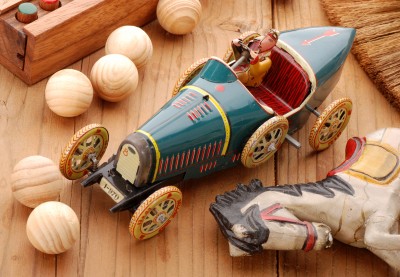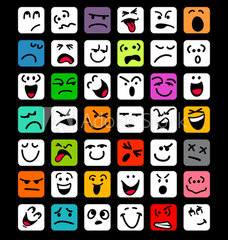 Montessori’s education method for childhood learning was launched in the early 1900s by Maria Montessori. It calls for free activity within a “prepared environment”, meaning an educational environment tailored to basic human characteristics, to the specific characteristics of children at different ages, and to the individual personalities of each child. The function of the environment is to help and allow the child to develop independence in all areas according to his or her inner psychological directives. In addition to offering access to the Montessori materials appropriate to the age of the children, the environment should exhibit the following characteristics:
Montessori’s education method for childhood learning was launched in the early 1900s by Maria Montessori. It calls for free activity within a “prepared environment”, meaning an educational environment tailored to basic human characteristics, to the specific characteristics of children at different ages, and to the individual personalities of each child. The function of the environment is to help and allow the child to develop independence in all areas according to his or her inner psychological directives. In addition to offering access to the Montessori materials appropriate to the age of the children, the environment should exhibit the following characteristics:
- An arrangement that facilitates movement and activity
- Beauty and harmony
- Cleanliness of environment
- Construction in proportion to the child and her/his needs
- Limitation of materials, so that only material that supports the child’s development is included
- Nature in the classroom and outside of the classroom
- Order
Thankfully, advances in the field of elder caregiving have moved activities beyond the three Bs (bingo, birthdays and Bible) to more resident centered engagement activities. Culture change initiatives have definitely helped to push the creative buttons of activity, memory care and resident engagement leaders to foster the understanding that every person has individual needs and capabilities and a one-size fits all approach simply doesn’t work.
Montessori is NOT a program but a philosophy based on individualism. Translating this to eldercare, the Montessori philosophy is neither difficult to understand and certainly not complicated or expensive to integrate. A few key points to get started is to take time to:
- Understand the elder’s interests and needs
- Learn their current physical, social and emotional needs
- Create opportunities for them to develop their capabilities
- Encourage positive learning by keeping it simple
- Develop positive communication skills (slow down, use eye contact, use skilled touch to engage)
- Use humor and always smile – it will help relieve frustration and build trust between care partners
And lastly remember basic eldercare protocol:
- Don’t use materials that are childish
- Limit other stimuli while trying to engage in an activity. ex: tv off is almost always going to lead to more successful engagement
- Avoid at all costs, correcting someone but instead guide them gently as they attempt to accomplish a task.
- Remember there is never a “right” or “wrong” way to do something


 When visiting someone with dementia, be ready for anything. Things can change day- to- day, even moment- to- moment in dementia care. A little preparation can go a long way to help create a positive experience in dementia care. Have a “magic bag” ready that you can pull things out of that may reach through the dementia to the person inside.
When visiting someone with dementia, be ready for anything. Things can change day- to- day, even moment- to- moment in dementia care. A little preparation can go a long way to help create a positive experience in dementia care. Have a “magic bag” ready that you can pull things out of that may reach through the dementia to the person inside.